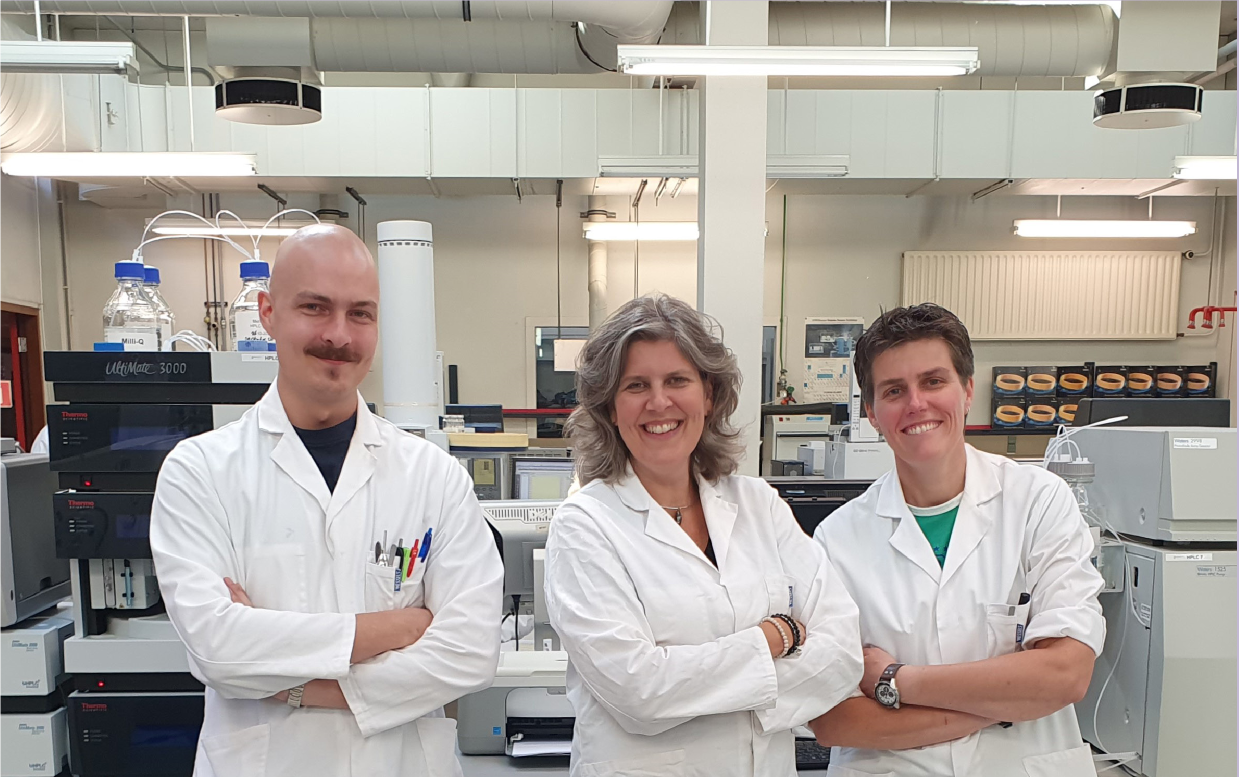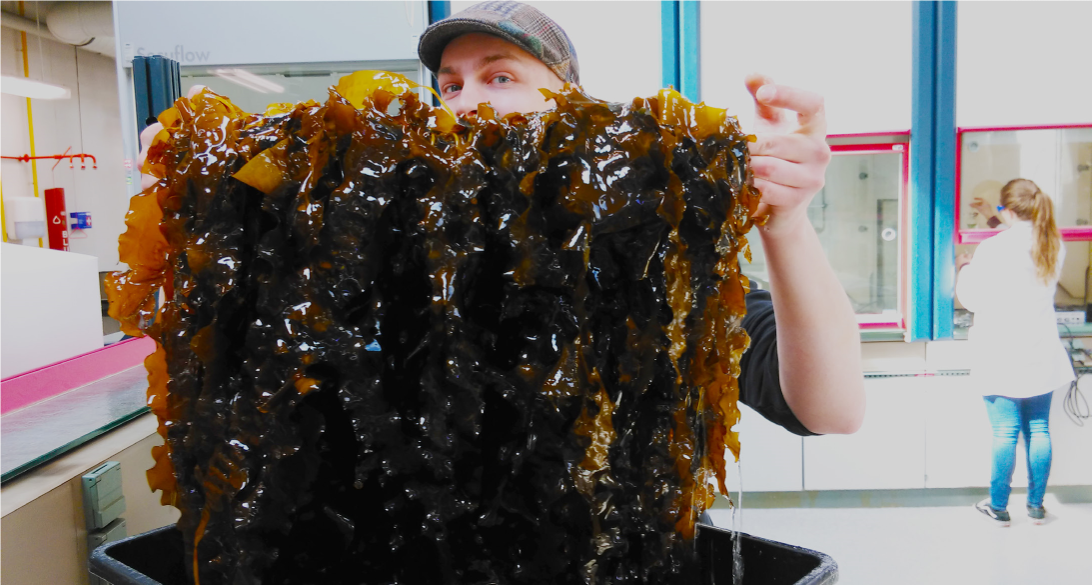
The chemistry laboratory of the HZ University of Applied Sciences, on the first floor of the Vlissingen branch, may look like a fairly standard laboratory at first glance, but it is much more than that. “What makes it especially special is the fact that it is busy with different people,” says lecturer-researcher Tanja Moerdijk.
HZ students and researchers from the Marine Biobased Specialties lectorate are in fact not the only users. Students from the University College Roosevelt in Middelburg are also taught there, as are MBO students from the nearby Scalda and high school students also visit regularly. “The international character of the program and the cooperation with professional practice inspires,” says Tanja. “The combination of education with research creates a challenging atmosphere for students, teachers and researchers alike,” says Sandra de Reu.
She should know, because as administrator she manages everything. Sandra has been doing the job for thirteen years. Before that, she could be found in the lab as a student. “Here, not one day is the same. That variety makes the work incredibly fun.” Tanja and fellow researcher Dylan de Jong state that the lab would not run without Sandra. She takes care of all orders, maintains the equipment, makes small repairs and constantly keeps an eye on things.
MARINE NUTRIENTS
The focus of the lab is on sustainable innovation within the marine environment, such as food and biobased applications from seaweed. “We’re in Zeeland, so it’s a logical choice. We want to develop in such a way that in a few years every student, but also entrepreneurs from the region know that for marine research you have to be here.” Tanja is
Tanja is
Tanja is particularly known for her research into seaweed. In collaboration with students, she makes edible plastic and other products from it, for example. She is also involved in an appealing project of a Zeeland beer brewer who wants to make kombucha. The lectorate and students are helping the brewer with the development. The scoby, a residual product of kombucha, can be used again as an additive for producing bioplastics.
KNOWLEDGE
In the lab, she and Dylan also do a lot of research on the taste of seaweed. The analytical equipment helps with that. “We can do state-of-the-art research with it,” Dylan says. “For example, we look at the flavor components of seaweed, especially umami. We’re not only investigating flavor profiles, but also how to influence flavor for the benefit of the consumer.” According to Tanja, the team is steadily building up its knowledge in the field of marine components and flavor compounds. This knowledge flows almost immediately back to the chemistry students in the same lab. Next school year, the lab will move to the Joint Research Center Zeeland (JRCZ), the new research center in Middelburg. The chemistry lab of the HZ University of Applied Sciences, on the first floor of the Vlissingen branch, may look like a fairly standard laboratory, but it is much more than that. The trio sees opportunities here to strengthen the connection with other disciplines. “At that point we will make an innovation in equipment so that we can further strengthen the link between education, research and industry,” says Sandra. A mass spectrometer is at the top of the wish list. “That will allow us to identify flavors even better and measure them more accurately, down to much lower concentrations,” Dylan explains. “It’s not only good for our research, but also for teaching. This kind of research facility adds value in solving socially relevant issues.”
Would you like to know more about the projects or facilities within the chemistry lab? Then contact Tanja Moerdijk.
